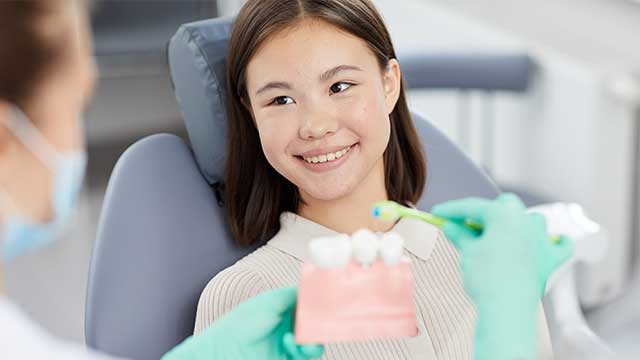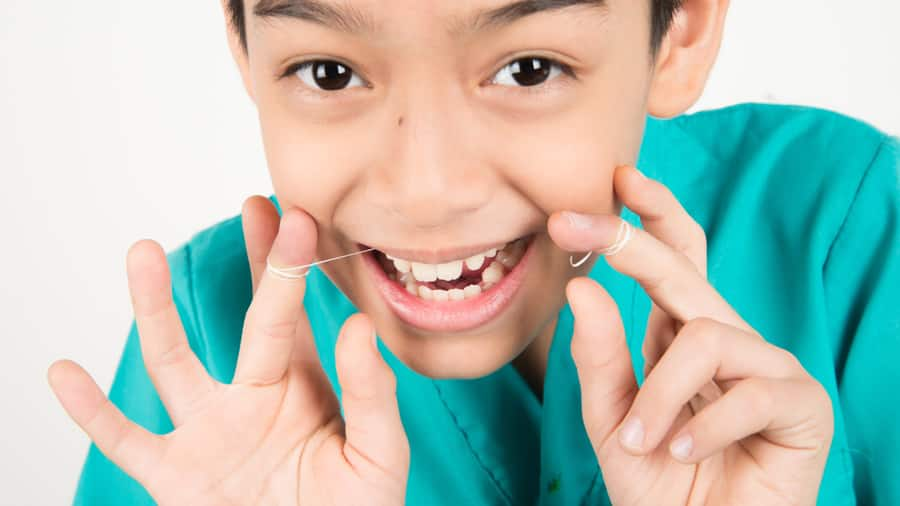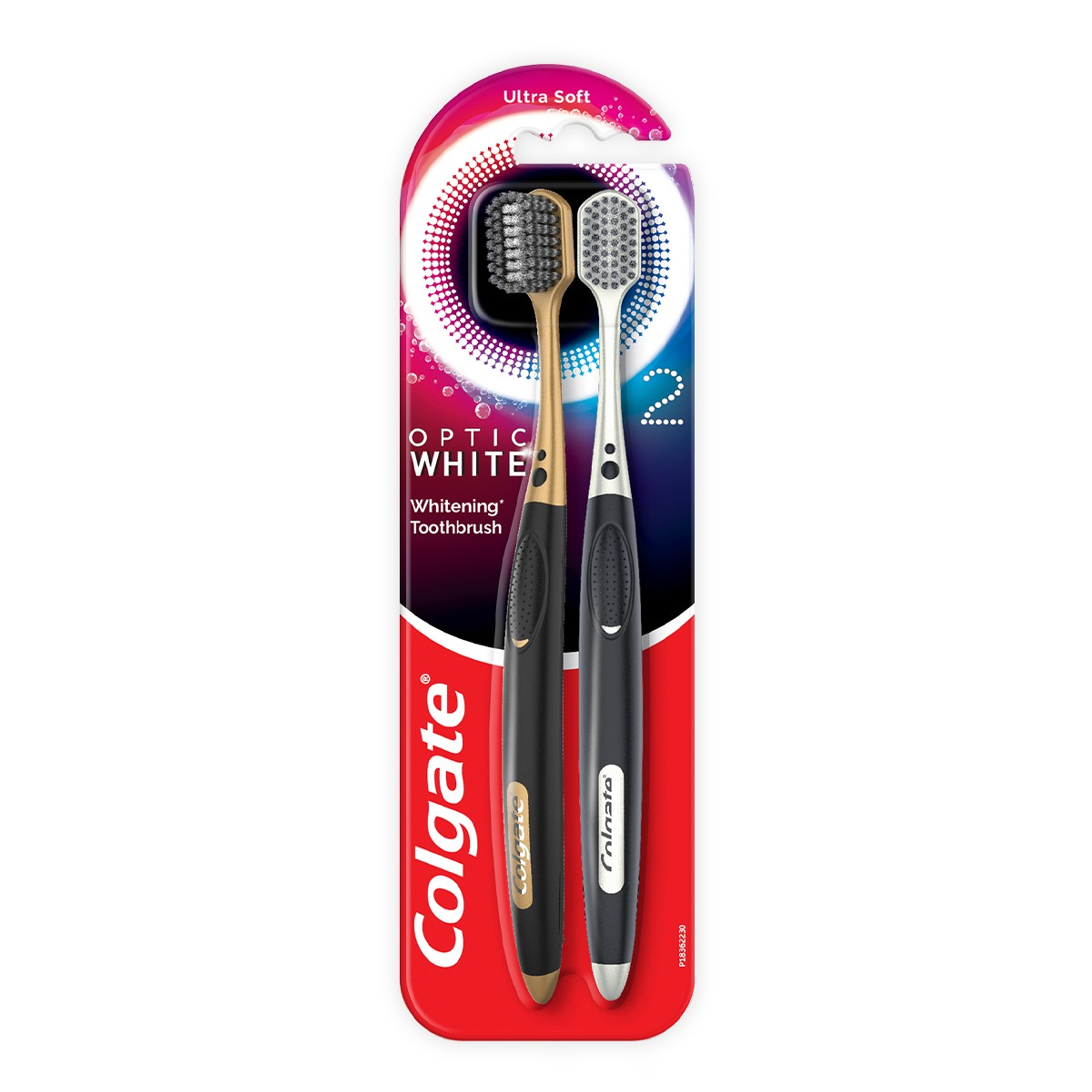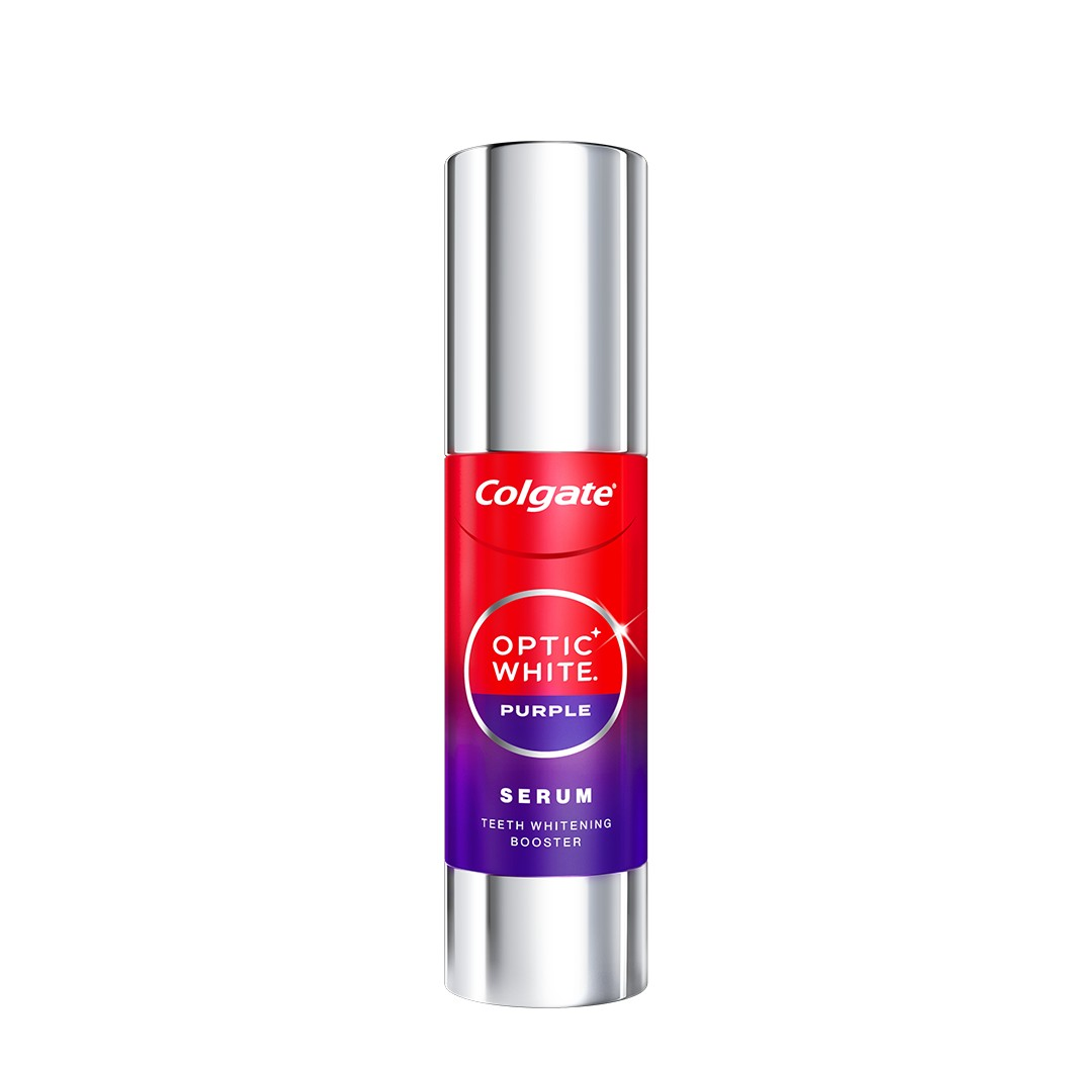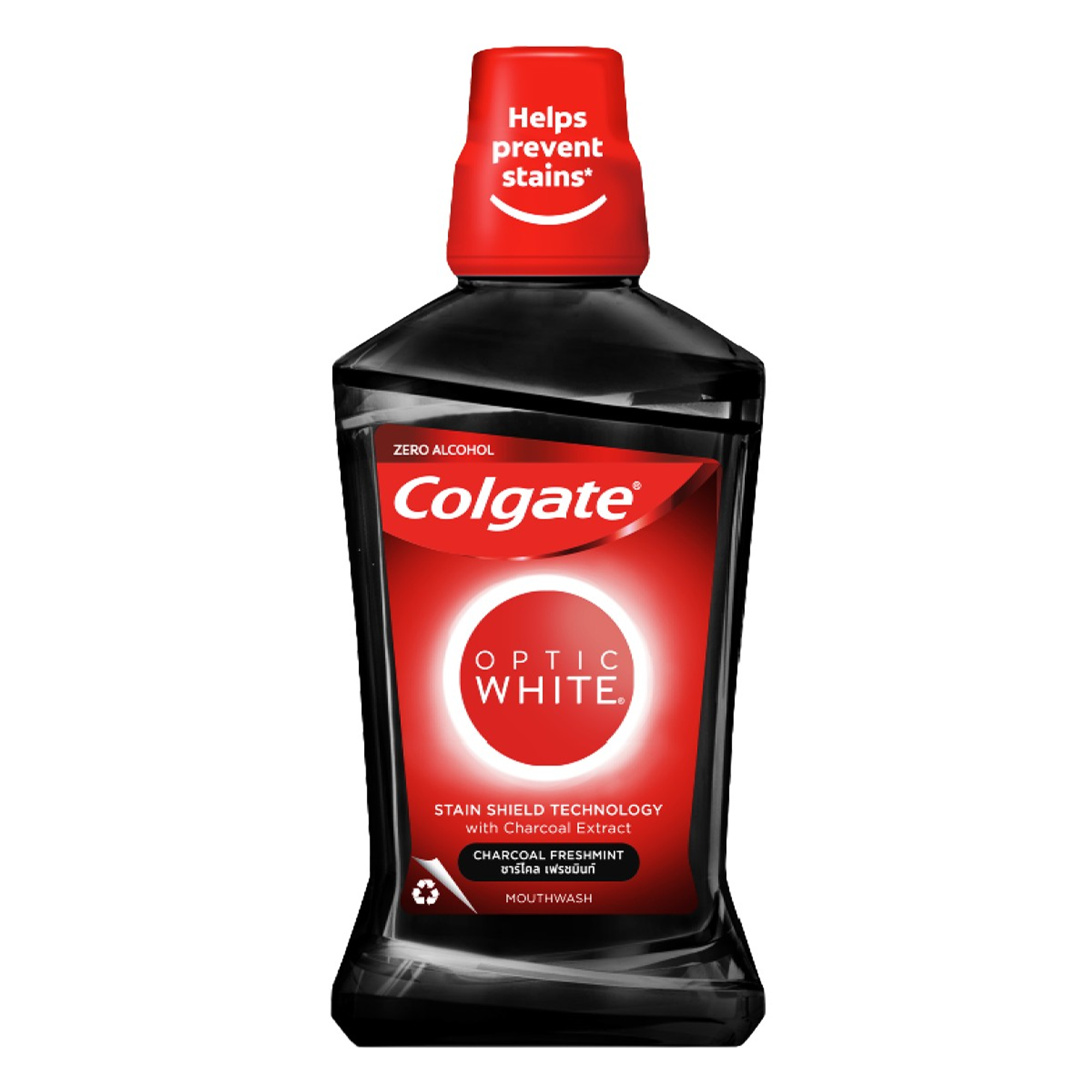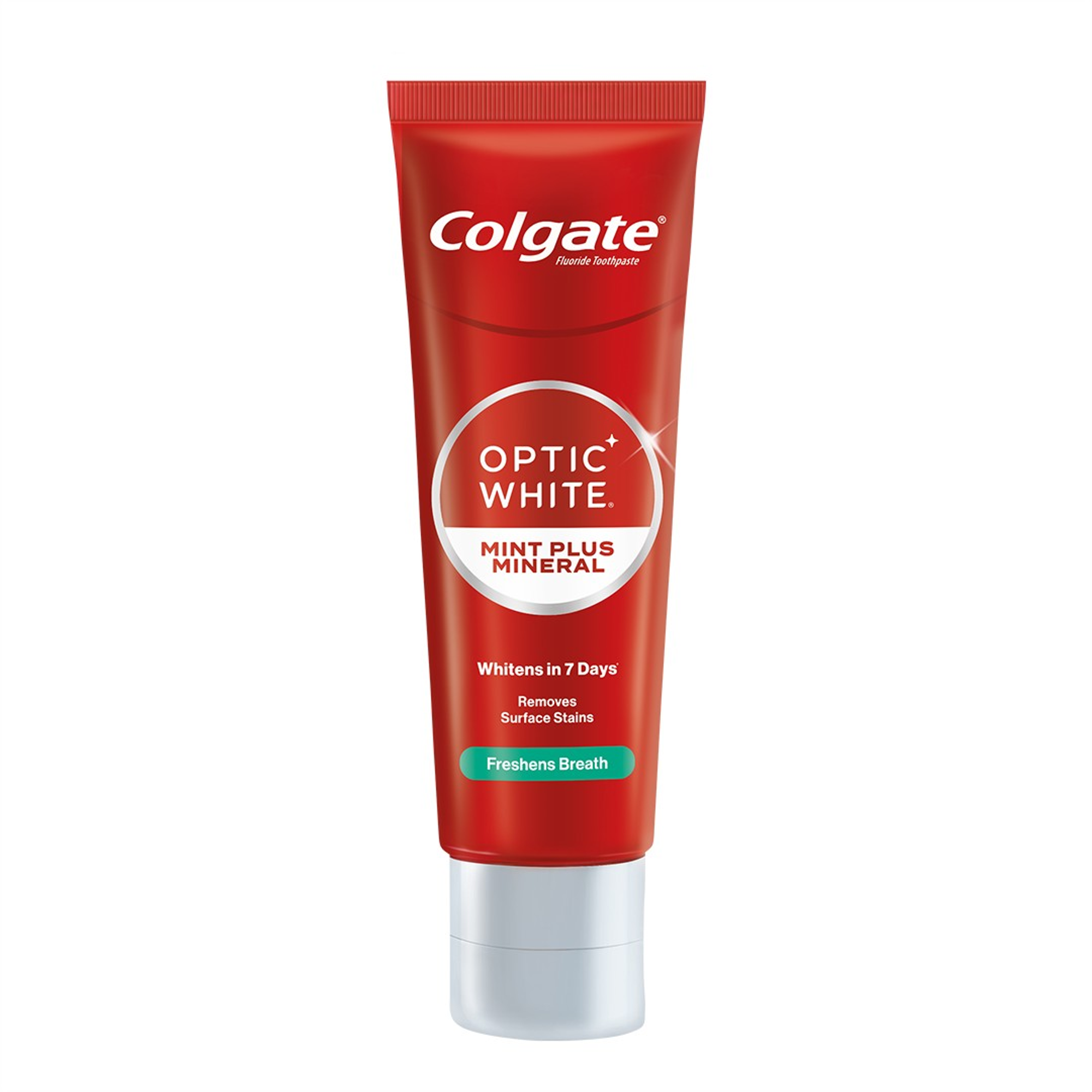What Is Professional Teeth Whitening?
At its core, teeth whitening is a cosmetic dentistry procedure designed to lighten the natural color of your teeth without removing any enamel. The treatment targets stains caused by coffee, tea, smoking, and even aging. Unlike whitening strips or over-the-counter whitening products, professional care ensures the bleaching agent works effectively and safely under the supervision of dental professionals.
When people refer to dental whitening, they are usually describing an in-office treatment that uses a whitening gel containing hydrogen peroxide or carbamide peroxide. These agents penetrate tooth enamel to break apart deep discoloration. Some dental practices also offer laser teeth whitening, where light is applied to speed up the process. Compared to whitening toothpaste or mouthwash, these in-office treatments deliver faster and longer-lasting whitening results.
Am I a Candidate for Professional Teeth Whitening?
Not everyone is the right candidate for professional teeth whitening. People with healthy gums, strong enamel, and stains caused by food or smoking usually benefit the most. If you have sensitive teeth or gum disease, your dentist may recommend addressing those conditions first. Dental hygienists often stress the importance of strong oral health before beginning whitening treatments.
It is also important to know that restorations such as crowns, veneers, and fillings will not respond to bleaching agents. If you want whiter teeth and already have these restorations, your dentist may discuss adjusting them to match your new shade. A consultation with a dental professional ensures the treatment plan is safe and customized for your smile.
Key Questions to Ask Your Dentist Before Professional Teeth Whitening
Before starting a tooth whitening procedure, it is important to understand the options available and what will work best for you. Every patient has unique dental needs, so asking the right questions ensures that the treatment is both safe and effective. Talking openly with your dentist will also help set realistic expectations about whitening results.
One of the most common questions people ask is, “How long does professional teeth whitening last?” The answer varies depending on oral hygiene habits, diet, and lifestyle choices. In general, results may last anywhere from six months to three years. With proper dental care, regular flossing, and occasional touch-ups, you can maintain a brighter smile for an extended period.
What Whitening Options Do You Offer?
Dentistry practices usually provide two whitening methods. The first is an in-office treatment that uses strong bleaching gel and sometimes a laser whitening system for fast results. The second option is a take-home kit, where a custom tray is made to fit your teeth and filled with a lower-strength whitening agent. Both options are effective, but in-office treatments generally produce quicker and more dramatic whitening results.
How Long Will the Results Last?
Most people enjoy professional teeth whitening results for several months to a few years. To maintain your brighter smile, you will need regular touch-ups and consistent oral hygiene, including brushing, flossing, and fluoride-based products. Avoiding foods and drinks that stain, such as coffee and red wine, also helps results last longer.
Are There Any Risks or Side Effects?
A common question is, “Does professional teeth whitening damage enamel?” When done under the supervision of dental professionals, the answer is no. The American Dental Association recognizes the safety of professional whitening methods. However, temporary side effects such as tooth sensitivity or gum irritation may occur. Dentists often suggest fluoride treatments or desensitizing toothpaste to manage these effects.
Will Whitening Work on Crowns, Veneers, or Fillings?
Professional whitening treatments are designed to work only on natural teeth, which means crowns, veneers, and fillings will not respond to bleaching agents. If you have restorations, their color will stay the same even as your natural teeth become lighter, which can sometimes create uneven results.
To keep your smile consistent, your dentist may suggest replacing or adjusting restorations after whitening. This ensures that veneers or fillings match the shade of your natural teeth, giving you a balanced and natural-looking smile.
What Preparation Should I Do Before the Treatment?
Before beginning a whitening treatment, most dental professionals recommend scheduling a cleaning with a dental hygienist. Removing plaque and tartar allows the bleaching gel to work more evenly and effectively across the tooth surface.
It is also important to address any oral health issues, such as gum disease, cavities, or tooth sensitivity, before whitening to avoid discomfort or complications. By preparing properly, you set the stage for better whitening results and a safer dental procedure.
How Many Sessions Will I Need?
For some people, one in-office session is enough to achieve their desired shade. Others may need multiple dental treatments, especially if their discoloration is more severe. Your dentist will determine the best whitening system based on your needs and oral health.
How Much Will It Cost?
People often ask, “How much does professional teeth whitening cost?” The answer varies based on your location, the whitening system used, and whether you choose in-office or take-home trays. While professional whitening is more expensive than over-the-counter teeth whitening products, the results are longer-lasting and more reliable.
Questions to Ask During the Professional Teeth Whitening Procedure
During your whitening appointment, it is natural to have questions about what will happen, how long the teeth whitening procedure will take, and whether you might experience tooth sensitivity. Speaking with your dentist during the session helps you understand each step, from the application of the bleaching gel to the use of light or laser activation.
This is also the best time to ask about comfort measures, possible side effects, and how your results may compare to at-home whitening treatments. So you can leave the dentist’s office feeling confident and informed.
What to Expect Step-by-Step
A typical teeth whitening procedure begins with protecting your gums and lips to prevent irritation. The dentist then applies a bleaching gel with hydrogen peroxide or carbamide peroxide to the teeth. A light or laser may be used to speed up the process. The gel is applied in several rounds until the desired shade is achieved.
How Long Does the Session Take?
Most in-office treatments take 30 to 90 minutes, depending on the whitening system and the amount of staining. People may also schedule additional sessions or use a take-home whitening tray for touch-ups between visits.
Will I Experience Sensitivity During the Treatment?
Some people experience mild tooth sensitivity during or after the procedure. This is usually temporary and resolves in a few days. If you already have sensitive teeth, your dentist can use protective treatments or recommend whitening toothpaste designed for comfort.
Aftercare Tips for Professional Teeth Whitening
Many people wonder, “Does professional teeth whitening work?” The answer is yes, but results depend on how well you care for your teeth afterwards. For the first 48 hours, avoid foods and drinks that stain easily, like tea, coffee, or red wine. This helps protect your new whitening results.
In the long term, maintain good oral hygiene with regular brushing, flossing, and mouthwash. Professional touch-ups once or twice a year, combined with routine dental care, will keep your smile bright. Avoid smoking and use whitening products recommended by your dentist for safe at-home maintenance.
Professional teeth whitening is one of the most reliable and effective ways to restore a bright, confident smile. Unlike over-the-counter products, in-office treatments use carefully applied whitening agents that can target deeper discoloration without harming tooth enamel. Under the guidance of dental professionals, you can trust that the procedure is safe, tailored to your needs, and capable of producing noticeable results.
Frequently Asked Questions
How long does dentist teeth whitening last?
The results of dentist-supervised whitening can last anywhere from 6 months to 3 years. How long your smile stays bright depends on your oral hygiene, diet, and lifestyle habits. With proper brushing, flossing, and occasional touch-ups, many people enjoy a brighter smile for well over a year.
How often should you whiten your teeth?
Most dental professionals recommend whitening touch-ups about once or twice a year, depending on how quickly your teeth stain. Frequent in-office whitening is not necessary, but maintaining your results with good oral hygiene, whitening toothpaste, or a custom take-home tray can extend the effects.
What to know before professional teeth whitening?
Before undergoing a whitening procedure, it is important to ensure your teeth and gums are healthy. It is also important to know that restorations such as veneers, crowns, or fillings will not respond to bleaching agents. A consultation with your dentist will help determine if whitening is the best option for you.
What do dentists recommend for whitening teeth?
Dentists often recommend in-office whitening for people who want fast and noticeable results. For long-term maintenance, many dental practices also provide custom take-home trays. Combining both methods can deliver a bright smile that lasts longer than over-the-counter whitening products alone.





